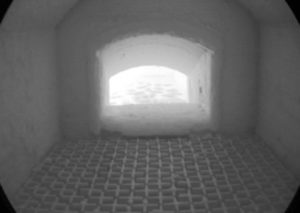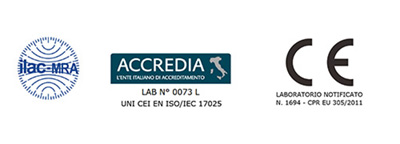 In combustion furnaces, carryover is defined as the fine material coming from the batch blanket (i.e. the unmelted vitrifiable mixture) that is dragged into the turbulent flow of exhausted fumes and settles on the surfaces of the port and on the first courses of the regenerator’s checkers.
In combustion furnaces, carryover is defined as the fine material coming from the batch blanket (i.e. the unmelted vitrifiable mixture) that is dragged into the turbulent flow of exhausted fumes and settles on the surfaces of the port and on the first courses of the regenerator’s checkers.
The fine particulate matter that makes up the carry-over comes not only from the finest fractions of raw materials used in the batch, but may also partly originate during the production process (e.g. friction driven self-grinding). The nature of this material is particularly problematic for the structural integrity of the refractories on top of which it is deposited, and over time it can even clog the cross section of regenerator checker packs, increasing the drag, reducing the efficiency of heat exchange or even compromising furnace functionality (insufficient air supply, pressure problems, etc).
Measuring the carryover for a given furnace/batch system is therefore of vital importance for the correct operational management of the humidification of the mixture, of the charging parameters, of the burner set-up, etc. It is also useful for a correct planning of any maintenance operations that may prove necessary.
Stazione Sperimentale del Vetro carries out on-site carryover evaluations by sampling with a dedicated method the “flue-borne” powders in the furnace ports and in the upper chambers of the regenerator, so as to be able to elaborate an estimate of the average concentration of fine dust in the hot combustion fumes. Probes specially developed to capture fine particles are used to decouple the contribution of the dust formed by condensation during cooling of fumes (e.g. sulphates and chlorides, that would be gaseous at high T) from that of the actual carryover (particles that would still be solid at high T).

